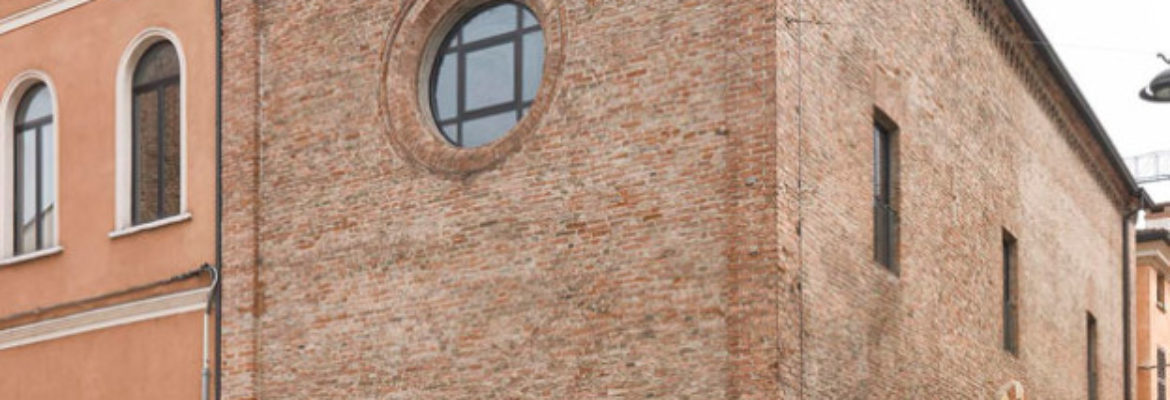Built between 1495 and 1496, this church stands on the site of the house which belonged to the Jewish banker Daniel Norsa. He had purchased it in 1493, obtaining permission to remove a holy image from its façade. However, this gesture raised the hackles of the local people, who attacked the house during a procession for the feast of Assumption, hurling insults and stones at it. The advisor to the Duke Francesco II, Friar Girolamo Redini, ordered that the sacrilegious act be clearly punished by having the house demolished and building a new church in its place (financed by Norsa himself) to be dedicated to the Virgin Mary. Moreover, the Duke also forced the banker to finance an altarpiece commissioned from Mantegna; it depicted Francesco paying homage to the Virgin, known as “Our Lady of Victory”, for his recent, much-lauded victory over the French at Fornovo (1495). Mantegna’s painting is now on display at the Louvre.
This episode is also referenced in a canvas that was used for the new church and later transferred to the Basilica of Sant’Andrea (second chapel on the right). The painting shows a Madonna and Child, to whom San Girolamo is proffering the model of the church itself; at their feet is a group of four Jews – thought to be the Norsa family – with an afflicted expression, bearing a yellow circle on their clothes. This was the distinguishing mark that the Jewish population was made to wear at the time. A painted scroll at the top of the canvas declares: “debellata iudeorum temeritate”.
Via Monteverdi / Via Fermelli

